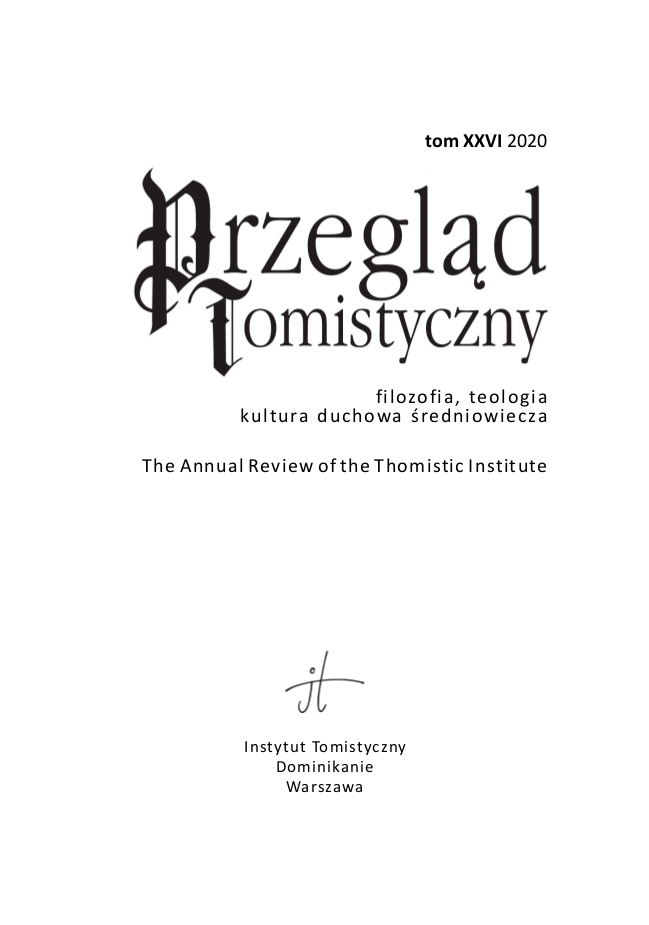FABIO GIBIINO, Richard Fishacre’s “Glossa” on Distinction 26 in Peter Lombard’s First Book of “Sentences”

Volume XXVI: 2020
Philosophy — Theology — Spiritual culture of the Middle Ages
ISSN 0860-0015
e-ISSN 2544-1000
SUMMARY
This study is devoted to a doctrinal and philological analysis of Richard Fishacre’s commentary on distinction 26 in Pierre Lombard’s first Book of Sentences. The subject of this distinction is the nature of the relationship in the Trinity: how, then, can one speak of a relationship in God while safeguarding its simplicity? To see how Fishacre has resolved this question, we have first supplied the background to this distinction. First, we looked at the doctrine of relationship according to St. Augustine, being the author who bequeathed to posterity the language and reflection to resolve objections against simplicity and divine immutability. Next, we have analysed the contributions of Peter Abelard and Gilbert de la Porrée, because, even within their limits, they marked a turning point in Trinitarian speculation with the use of dialectics and metaphysics. We have continued our study, dwelling on Fishacre’s Trinitarian reflection and how, having in mind the difficulty Gilbert de la Porrée found himself in, he proposed an identity relationship of the subsisting relation (quod est) to the essence (quo est). We concluded our study with the figure of Thomas Aquinas to show, in the ten years that separated them, not only the evolution of the literary genre of the commentary of the Sentences, but a more mature and rigorous elaboration of the Trinitarian doctrine. Finally, the influence exerted by Hugues de Saint-Cher on Fishacre led us to transcribe Hugues’ commentary and show the differences and autonomy of Fishacre. After having collated the 10 handwritten witnesses for the first book of Sentences, philological analysis enabled us firstly to note a common archetype and secondly to identify two branches of the textual tradition, one of which (Ω) proved to be closer to the archetype than the text of the Ψ model.
